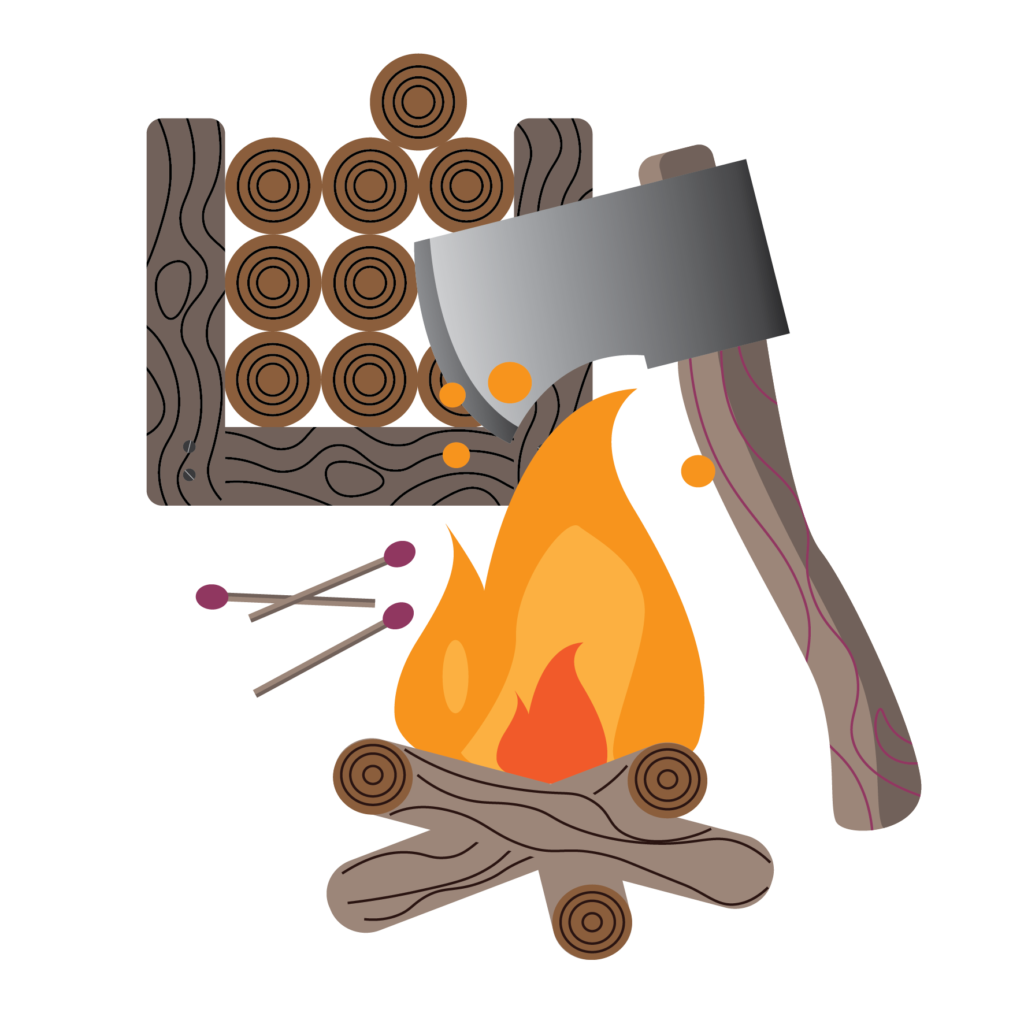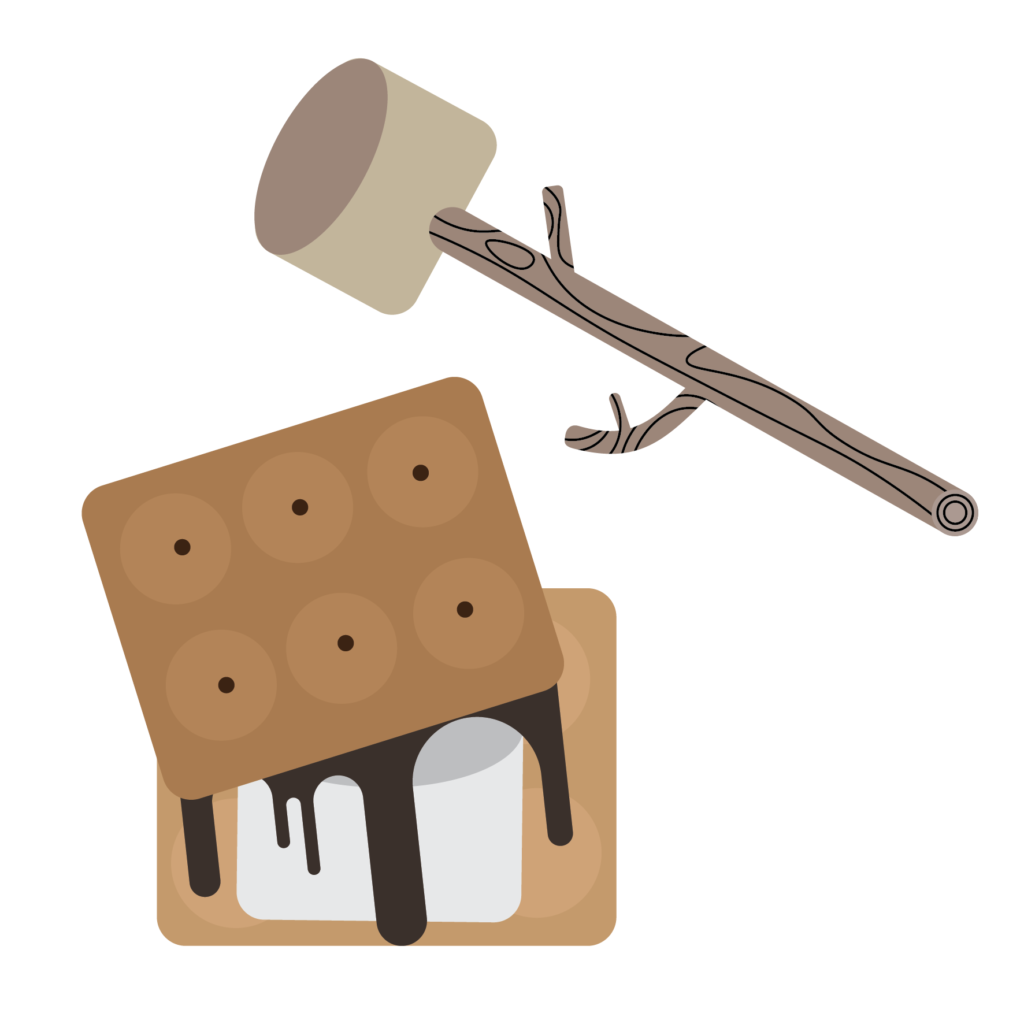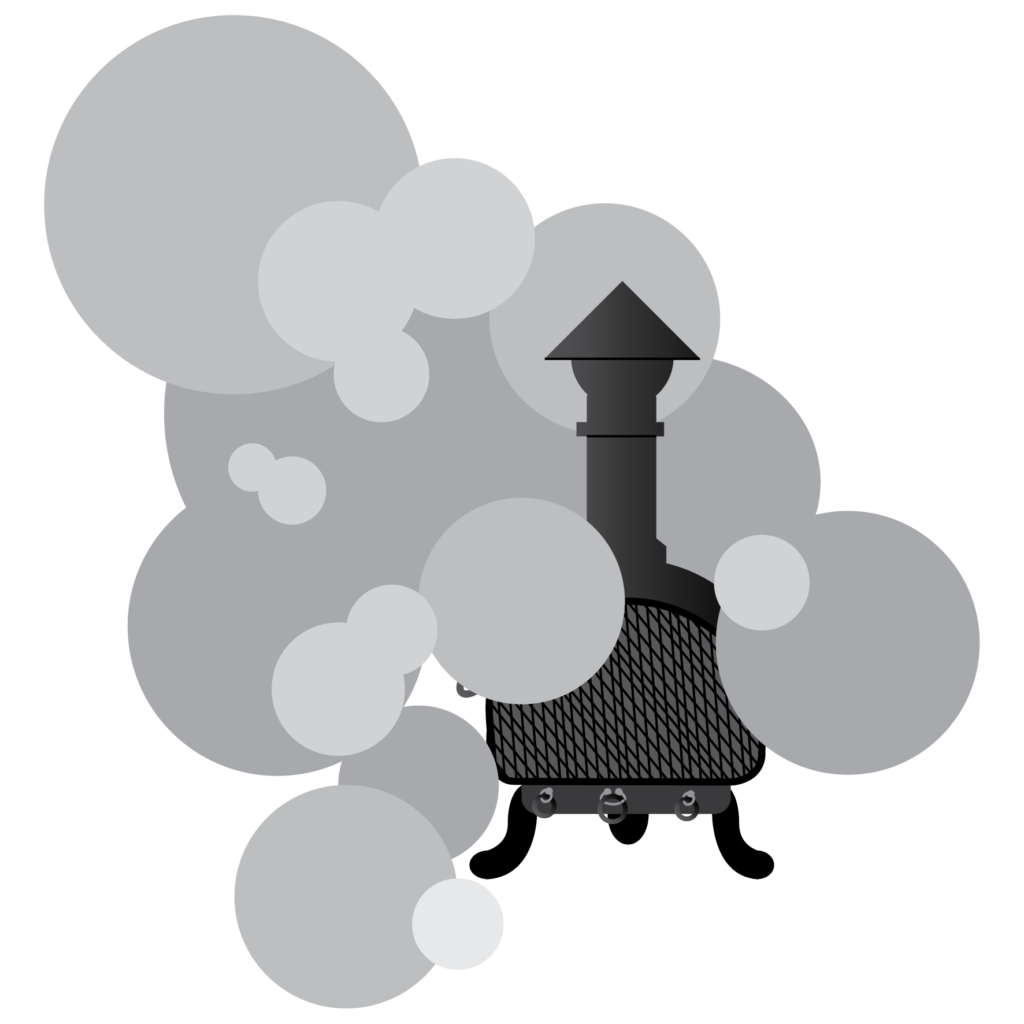All About Castle Fireplaces
The History of fireplaces in castles
The Romans Using tubes inside the wall to draw out smoke from bakeries, but real chimneys did not appear in northern Europe until the 12th century. The earliest example dates back to 1185AD in a Yorkshire castle.
 Fireplaces evolved very slowly. Chimneys were a later addition to castle walls. The chimneys are on the outside walls as they stick out.
Fireplaces evolved very slowly. Chimneys were a later addition to castle walls. The chimneys are on the outside walls as they stick out.
Domestic fires were located in the middle of the main room or hall. Halls would often have lanterns built into the roof which would let out smoke and sometimes the heat. Over time the purpose of fireplaces changed from necessity to a visual purpose.
In the 1800s new fireplaces consisted of two parts, the surround and the insert. The surround consisted of the mantelpiece and sides, usually made from wood or marble or granite. Where the fire burns uses a cast iron insert and decorative tiles. Victorian era fireplaces added heat and a cosy ambience.
Rochester Castle in Kent
A medieval castle with thick stone and tiny windows had inefficient fires that made the castle difficult to keep warm. The tapestries weren’t only there for decoration but to help insulate the castle walls. Heating the stones as well as the chamber and directing the smoke from the room allowed for a much more warmer castle.
Kenilworth Castle in Warwickshire
In the 16th century heating, the home wasn’t just a necessity but it was about fashion. As the most up to date fireplaces and chimney stacks were a status symbol in Tudor England. Several large fireplaces were installed when Robert Dudley wanted to impress Queen Elizabeth I.
Framlingham Castle in Suffolk
In the 16th century, intricately carved chimneys were added to the castle which replicated the fashionable royal palaces of the period, but only two of these connect to fireplaces. This was due to the appearance of warmth was even more important than the real thing.
 Witley Court in Worcestershire
Witley Court in Worcestershire
The large heating system took around 30 tonnes of coal a day. The coal came from the family that lived there as they have their fortune in the production of coal. The house used a hot air heating system. They transported all the coal that was bought through on barges from the black country and loaded onto their underground trolley system. Using tracks through the tunnels beneath the court the coal was delivered to the builder room. This powered five hot water boilers and dozens of fireplaces in the court.
To find out more click here
 The classic S’more
The classic S’more Vegan s’more
Vegan s’more 

 The chimney
The chimney  The frozen fire at butler’s wharf
The frozen fire at butler’s wharf  Great Fire of London
Great Fire of London Floo Powder
Floo Powder Everyone loves a BBQ, the smell of the food cooking and enjoying a nice evening in the garden. If you want some BBQ inspiration check out
Everyone loves a BBQ, the smell of the food cooking and enjoying a nice evening in the garden. If you want some BBQ inspiration check out  Insect Prevention
Insect Prevention